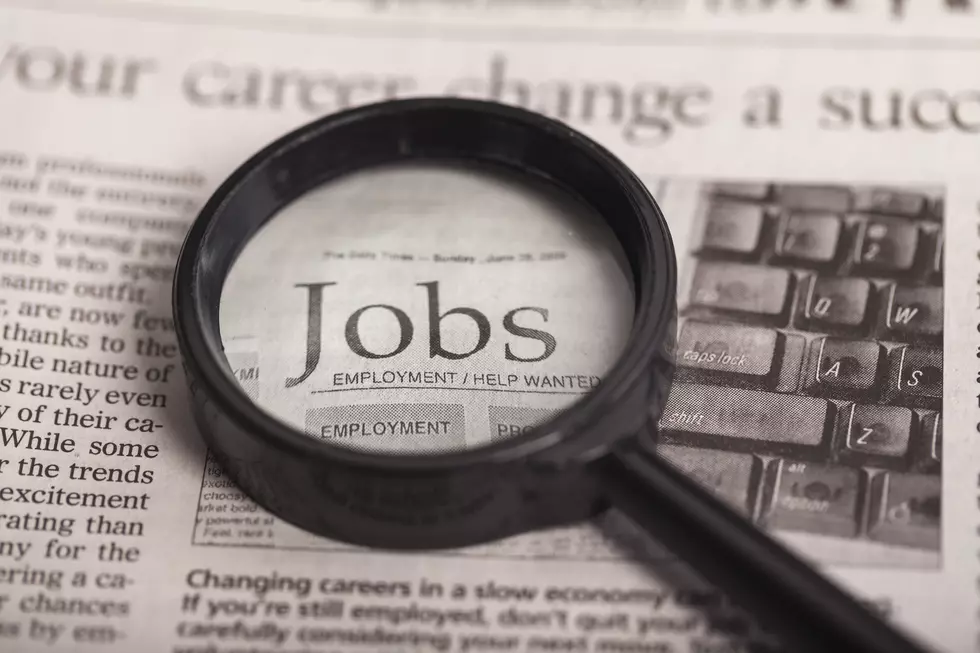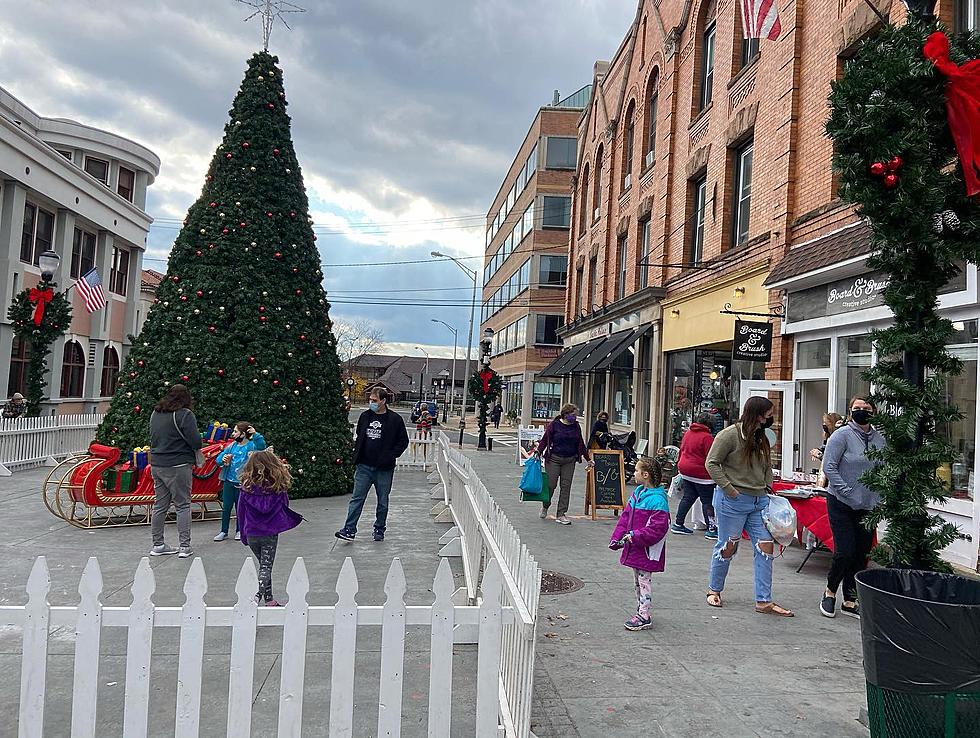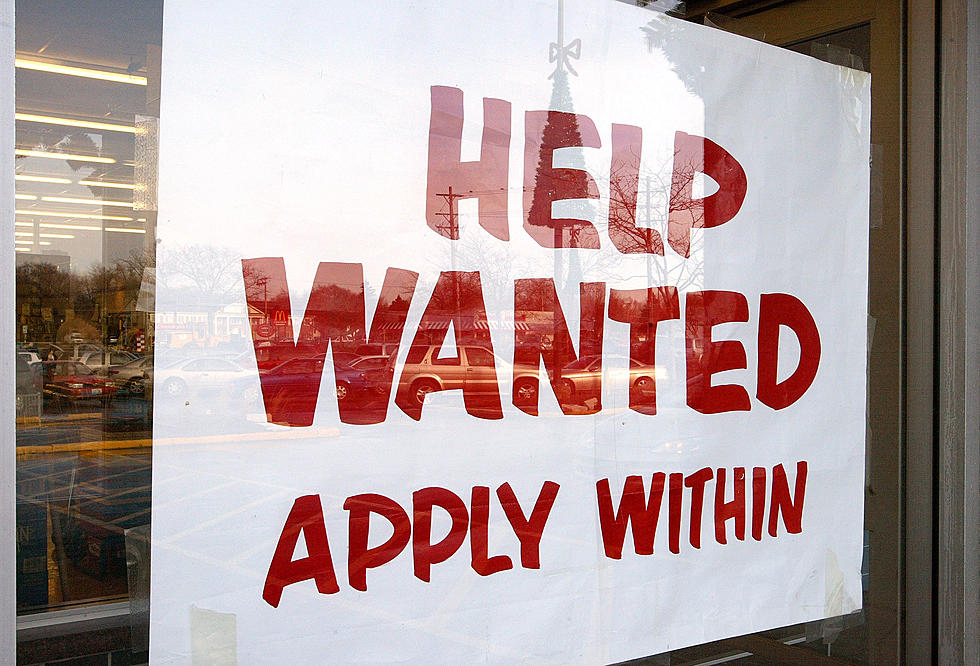![Labor Participation Lowest in 35 Years [POLL/AUDIO]](http://townsquare.media/site/385/files/2013/09/121936617.jpg?w=980&q=75)
Labor Participation Lowest in 35 Years [POLL/AUDIO]
Fewer Americans are involved in the labor force. In fact the labor force participation rate, which is the percentage of people who have a job or are actively looking for one, fell to 63.2 percent in August, its lowest level in 35 years.
There are several reasons for the decline. Many baby boomers are retiring and fewer students are working. But, the main reason is the lack of good, quality jobs.
"A lot of the mass unemployment is simply from people being discouraged, a lot of people are staying in school or going back to school because of a lack of job prospects. We're also seeing the effects still of a very tepid recovery in terms of new hiring," said Joseph Seneca, professor at the Bloustein School of Planning and Public Policy at Rutgers University. "It's of a major concern particularly if people are out of the labor force for some time. They're skills get rusty and it's harder and harder to re-enter. That's been one of the ongoing deep and lasting costs of the Great Recession."
"We need to pick up the pace of hiring and also the quality and the distribution of those jobs throughout the country," said Seneca. "It's an ongoing legacy of the 8.8 million private sector jobs that were lost during the recession. We still haven't gotten those jobs back yet. We're about 1.2 million short. The result has been people discouraged from entering the labor force and people staying out of it altogether."
"There has been a pronounced deterioration in the 25 to 54 age group in labor force participation because of the inadequate job growth that has characterized the economic recovery," said Patrick O'Keefe, director of economic research at CohnReznick. "As a result, many have given up looking for work because of the lack of opportunity. The jobs recovery itself has been the slowest recovery bar none in the post World War II period. On average, jobs recovery have taken about 11 months to get back from the time the recovery begins to the prior peak. So far, we have a jobs recovery that is 42 months long and we're still a couple percentage points below the prior peak. So, the recovery itself has been particularly slow."
The labor force participation decline has become more pronounced the longer we've stayed below the normal jobs recovery rate.
"I think a lot of it is job seeker frustration, the lack of opportunities across the board and most importantly, the lack of opportunities that would pay sufficiently well to justify the costs of going back to work," said O'Keefe.
More From New Jersey 101.5 FM









